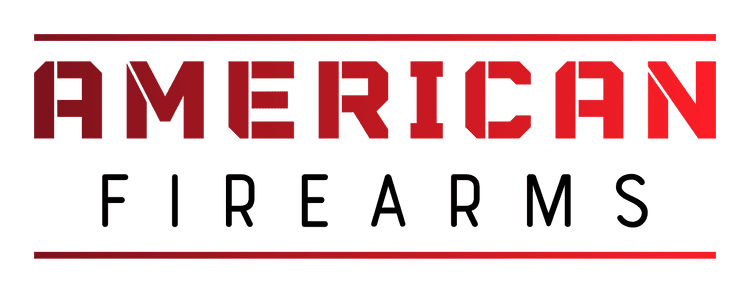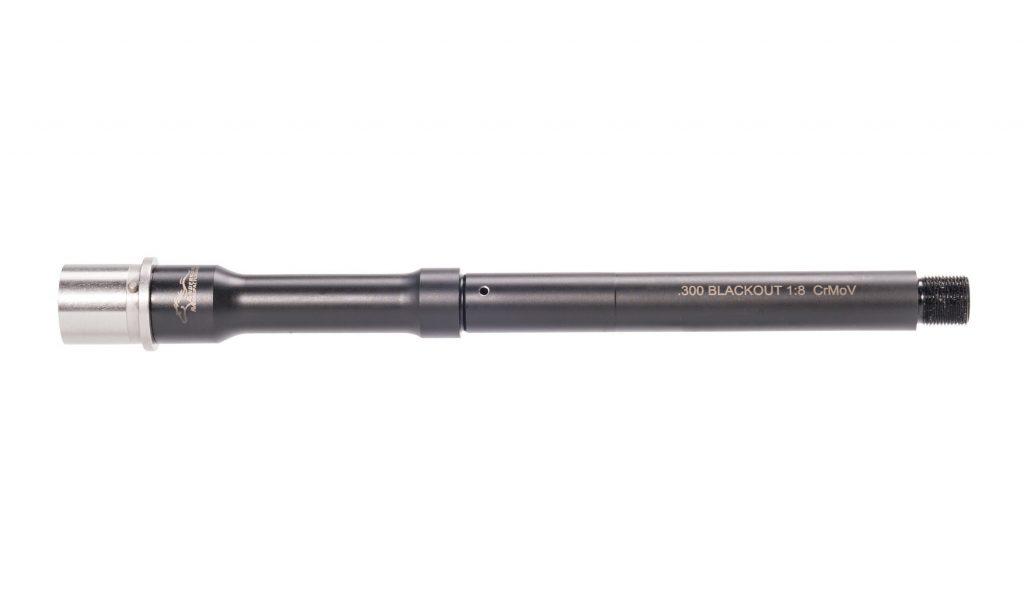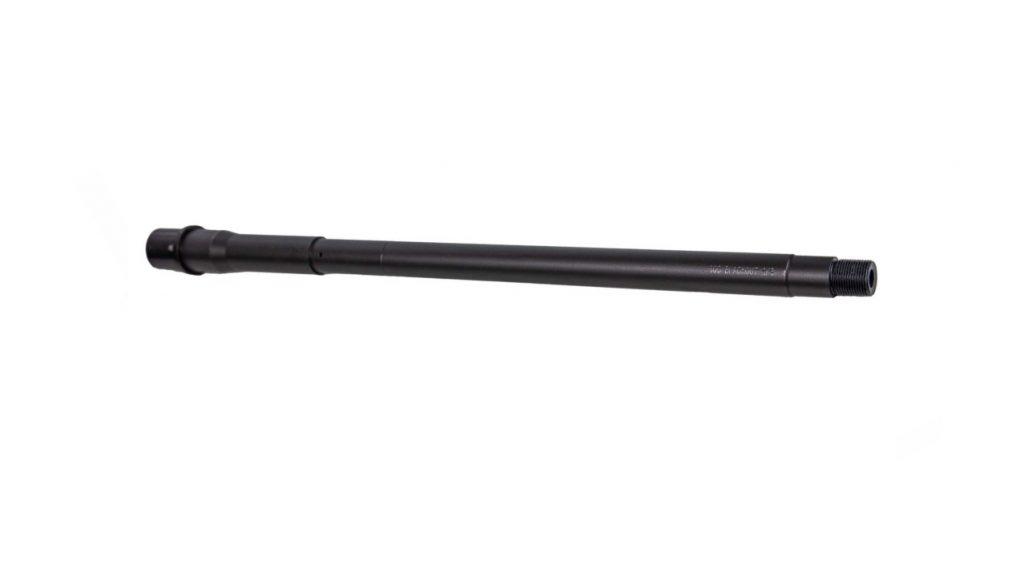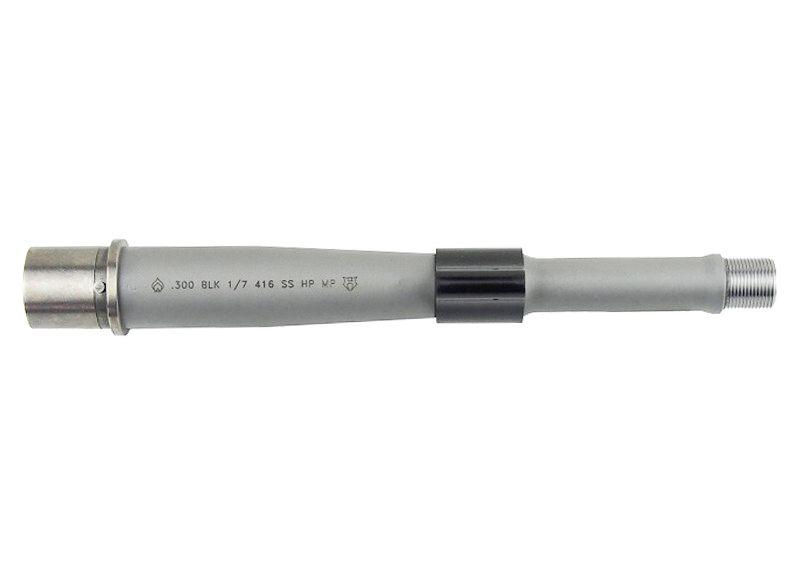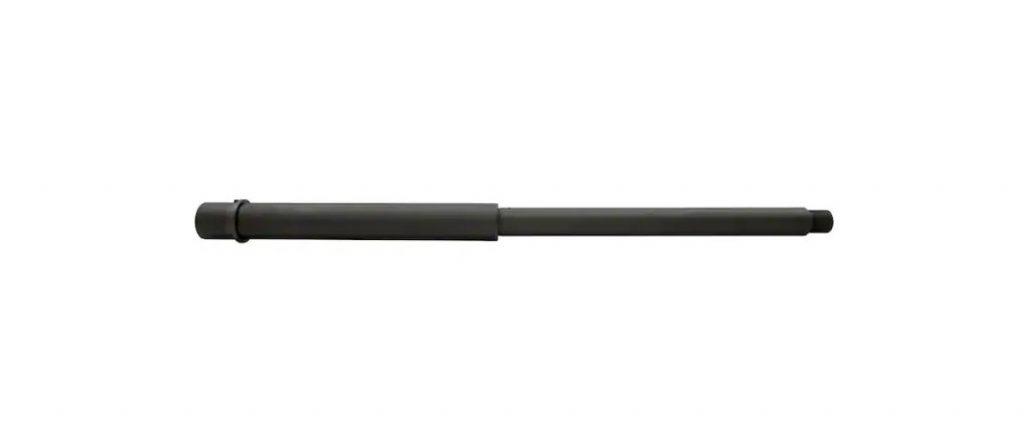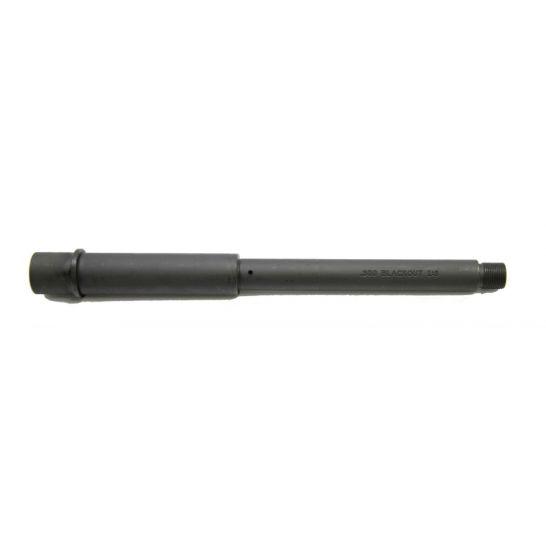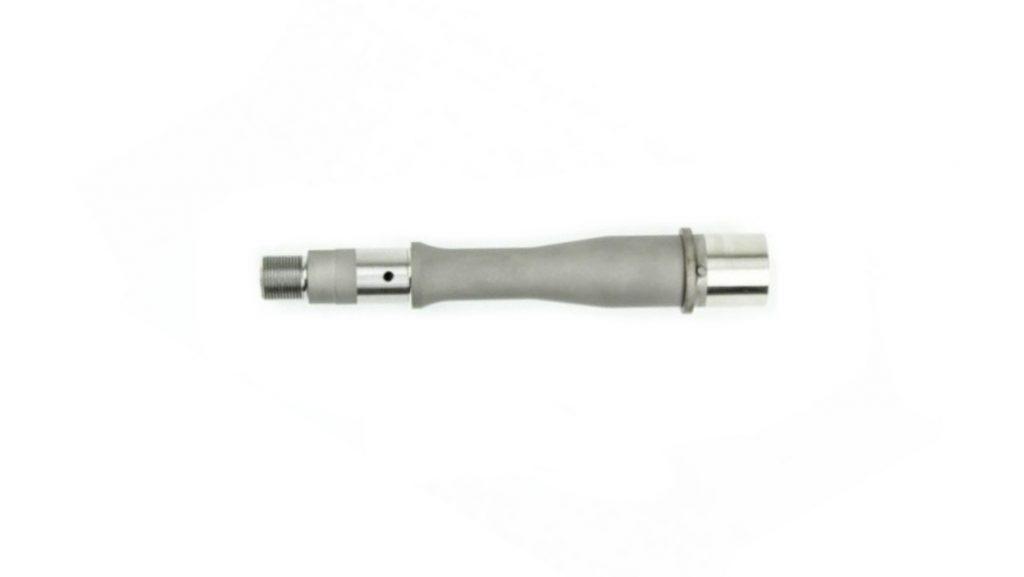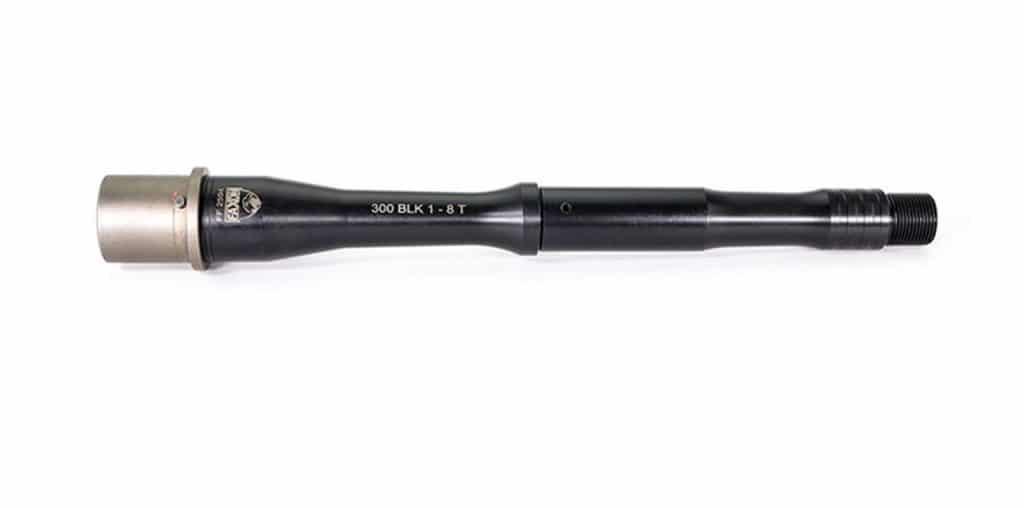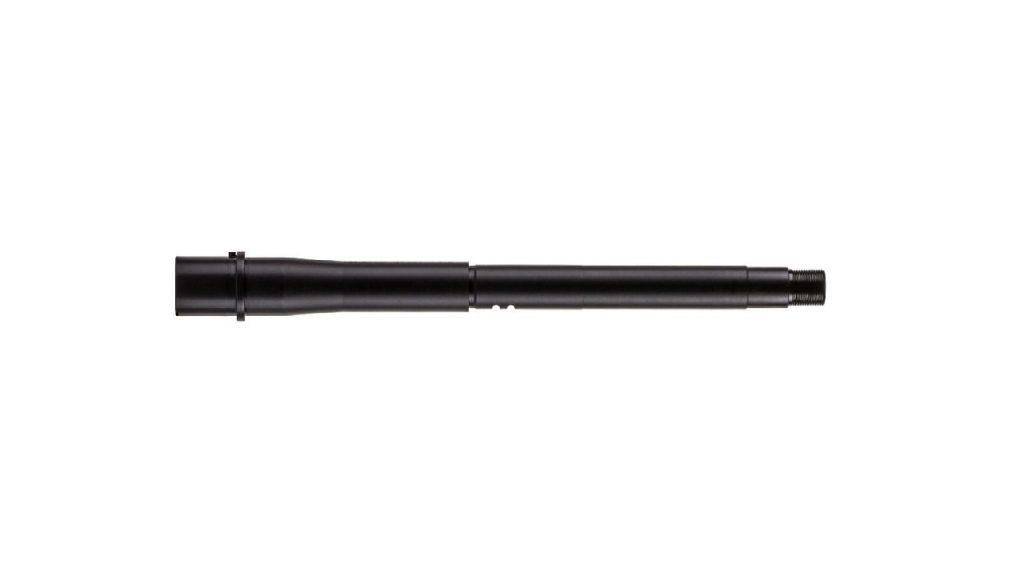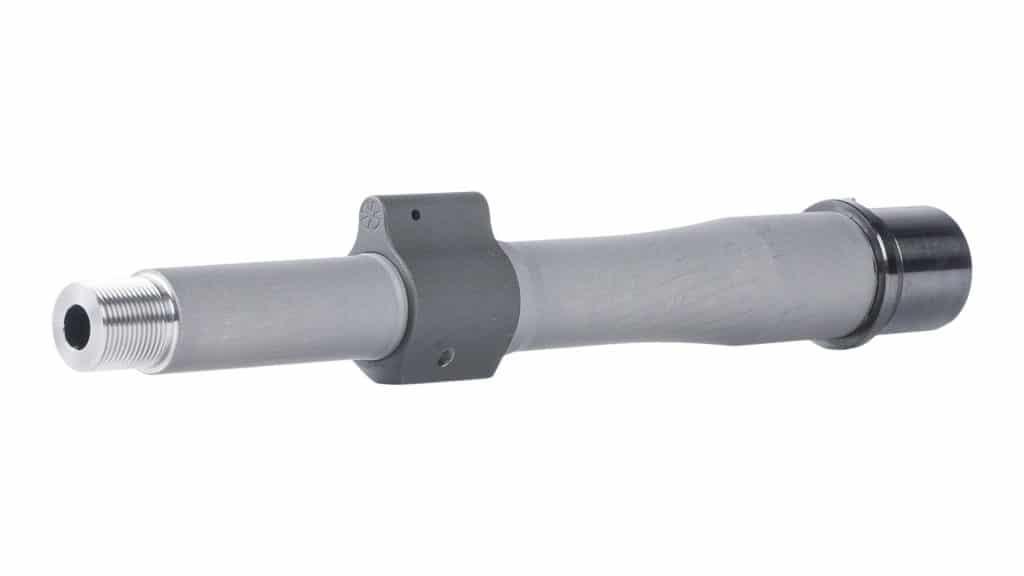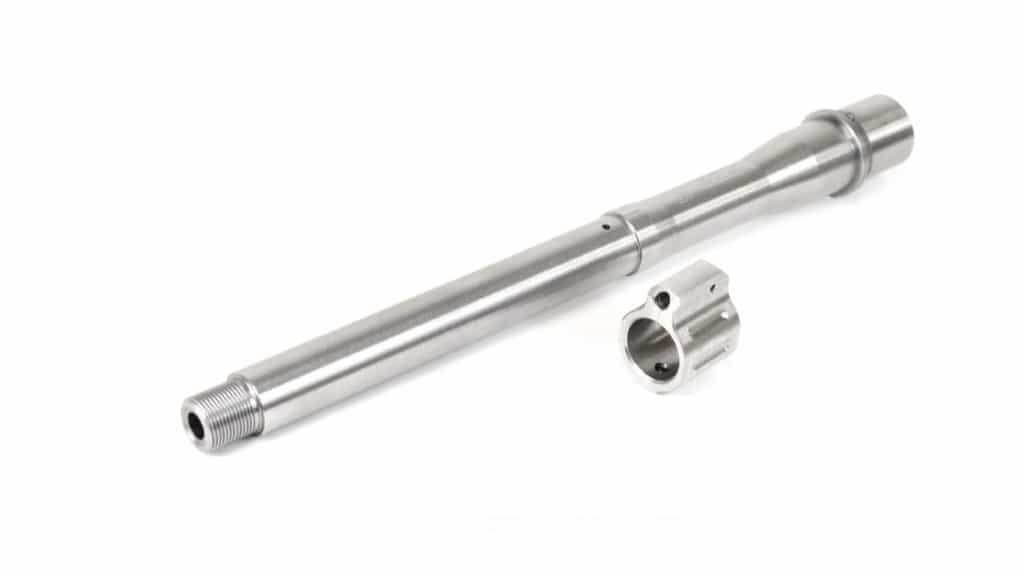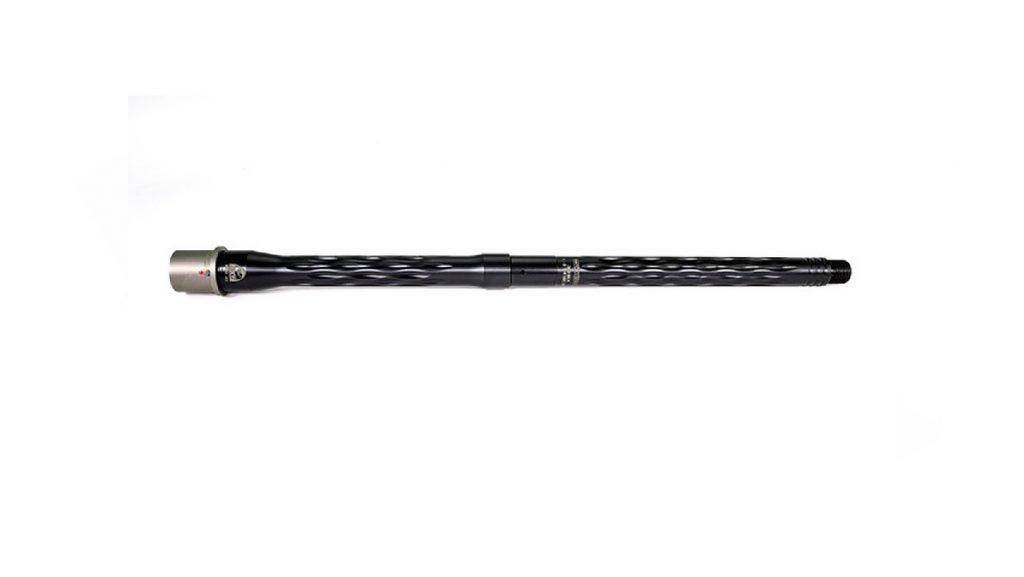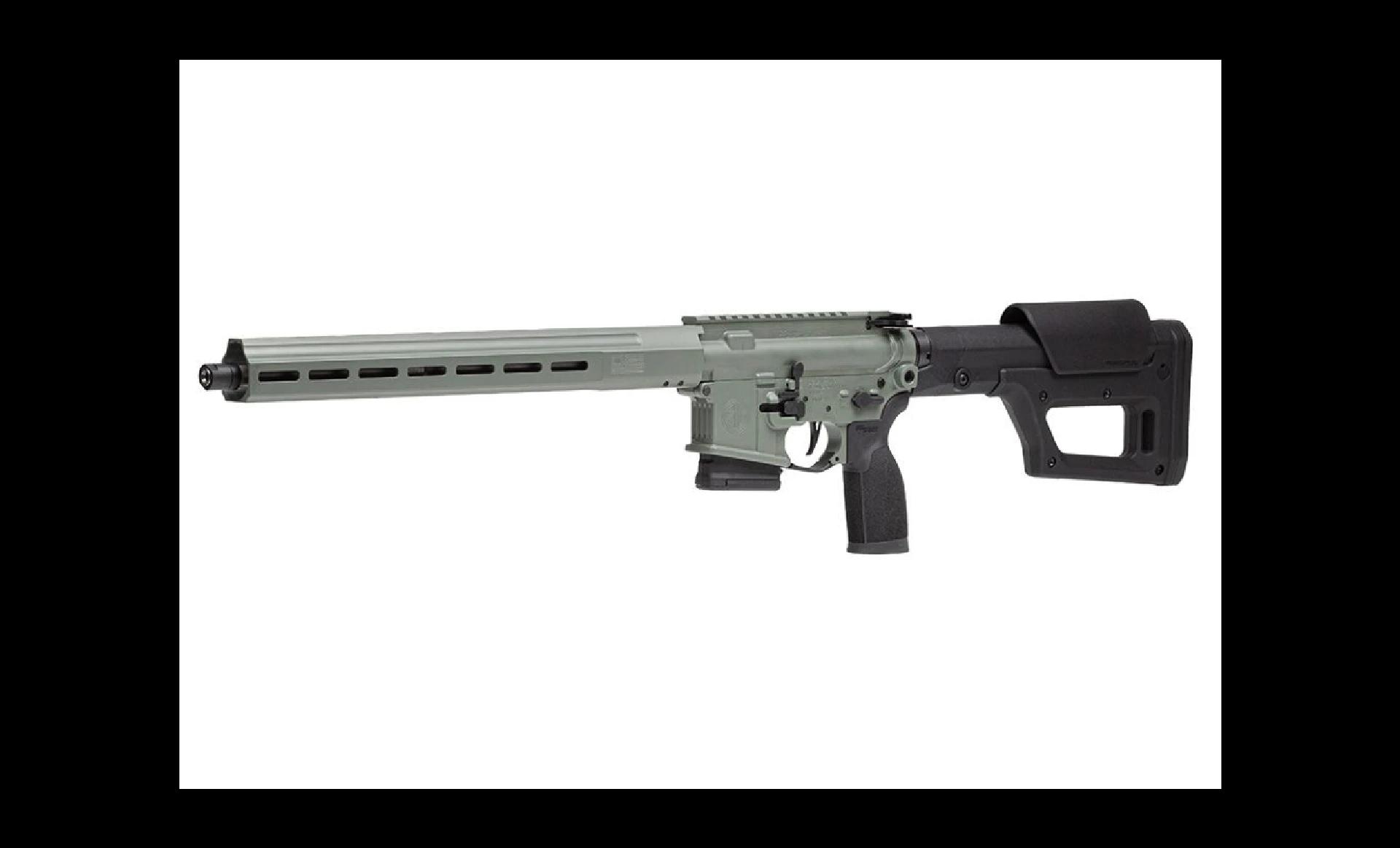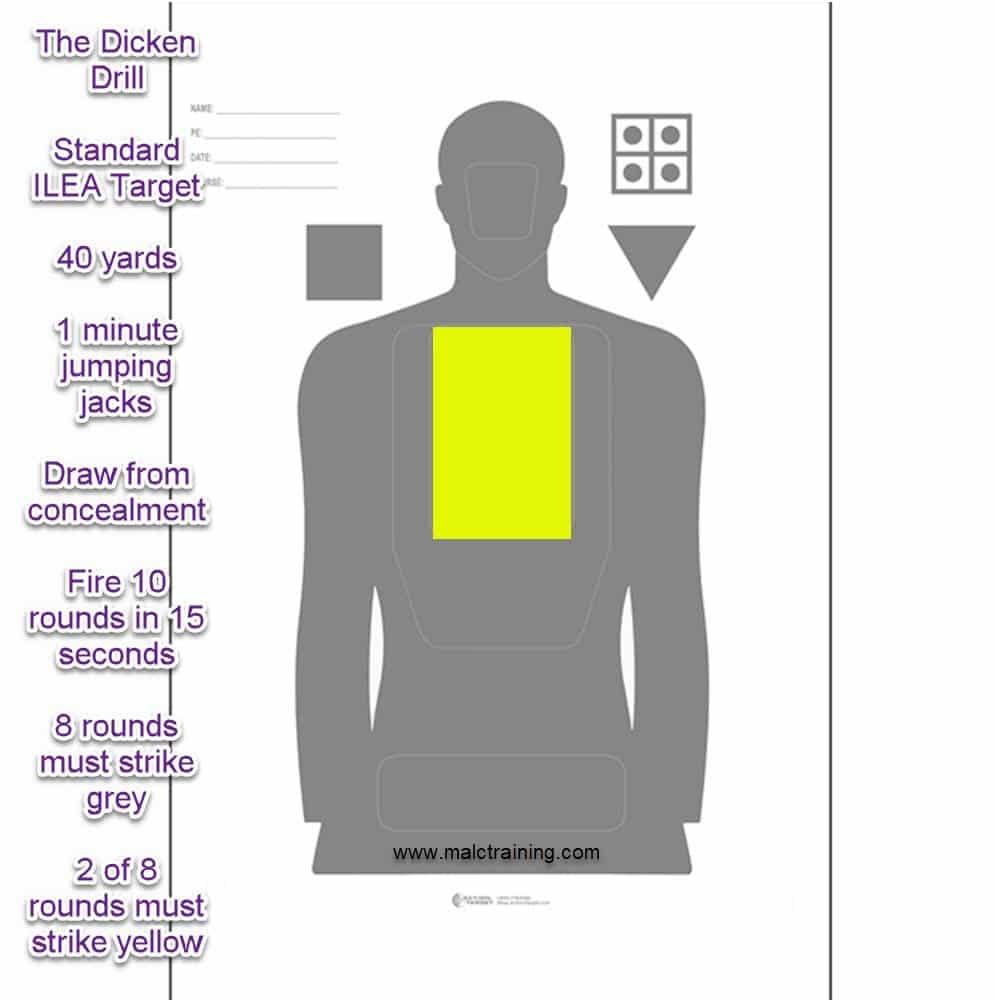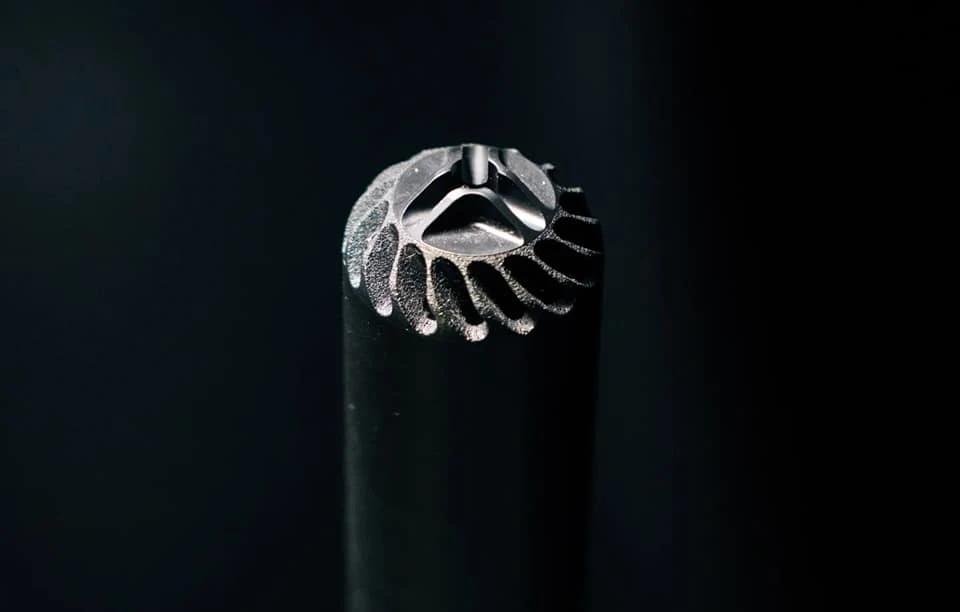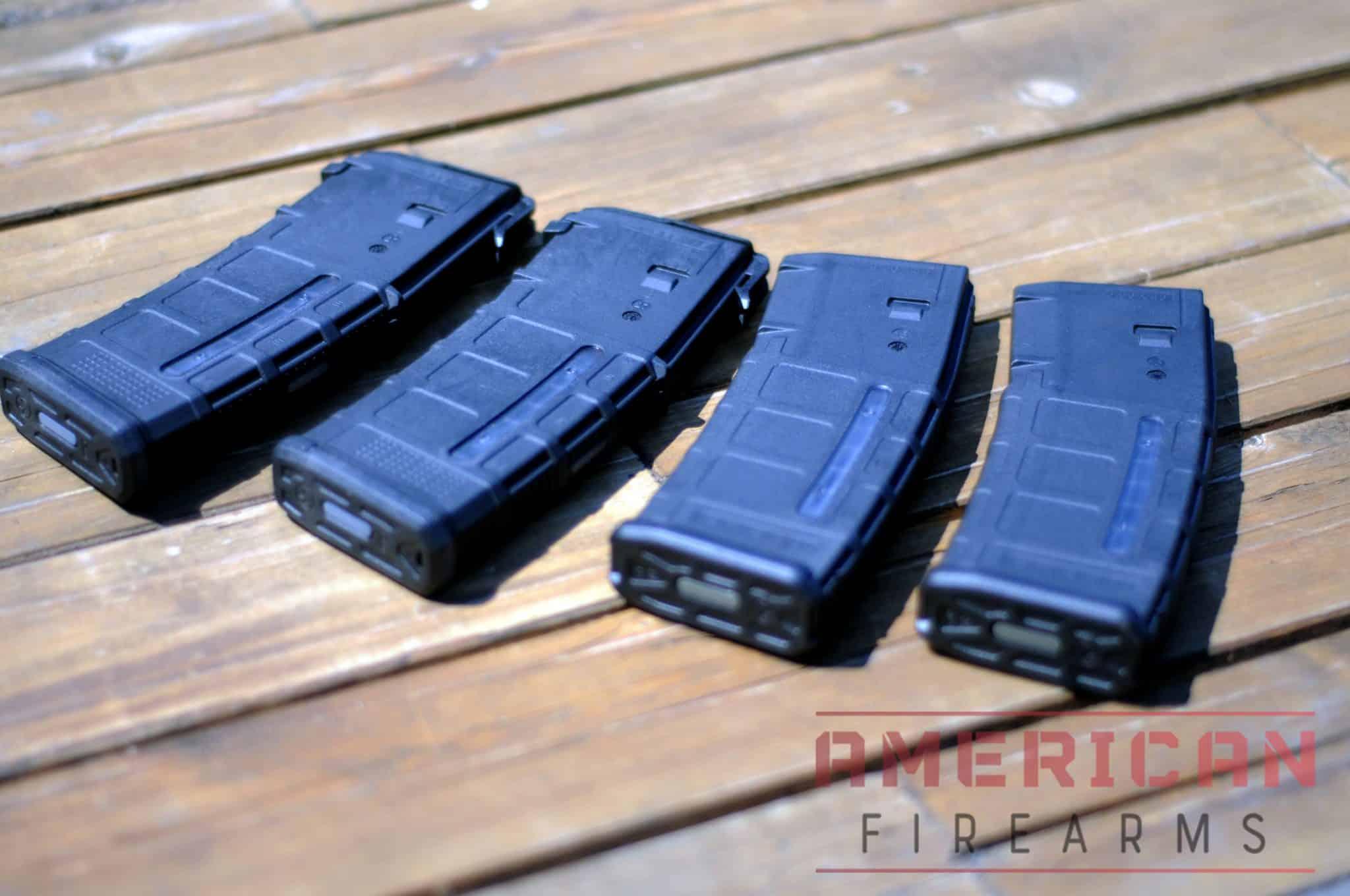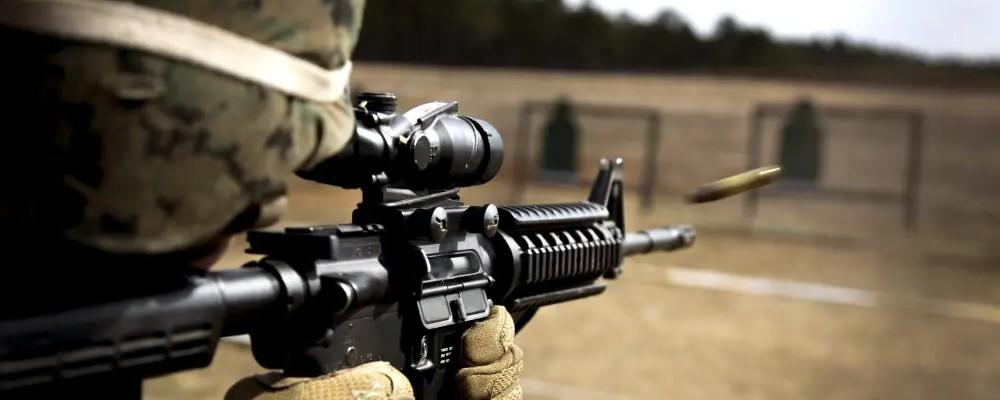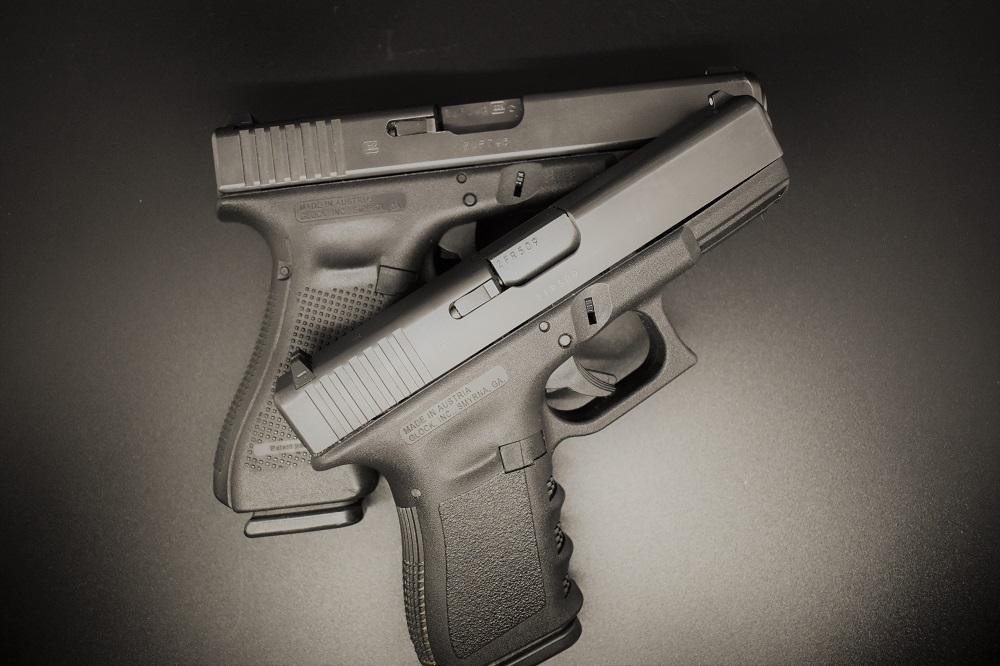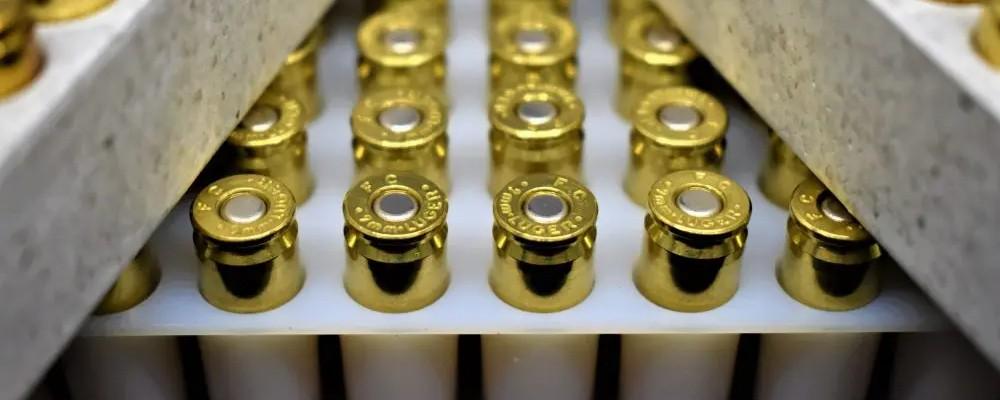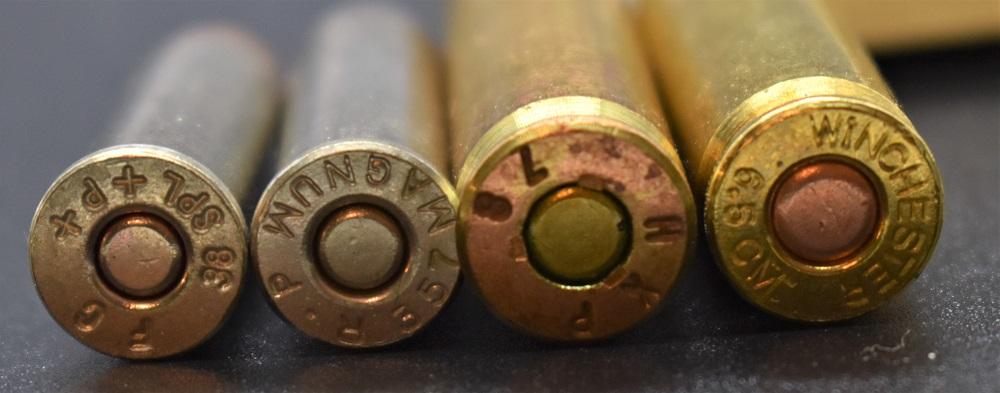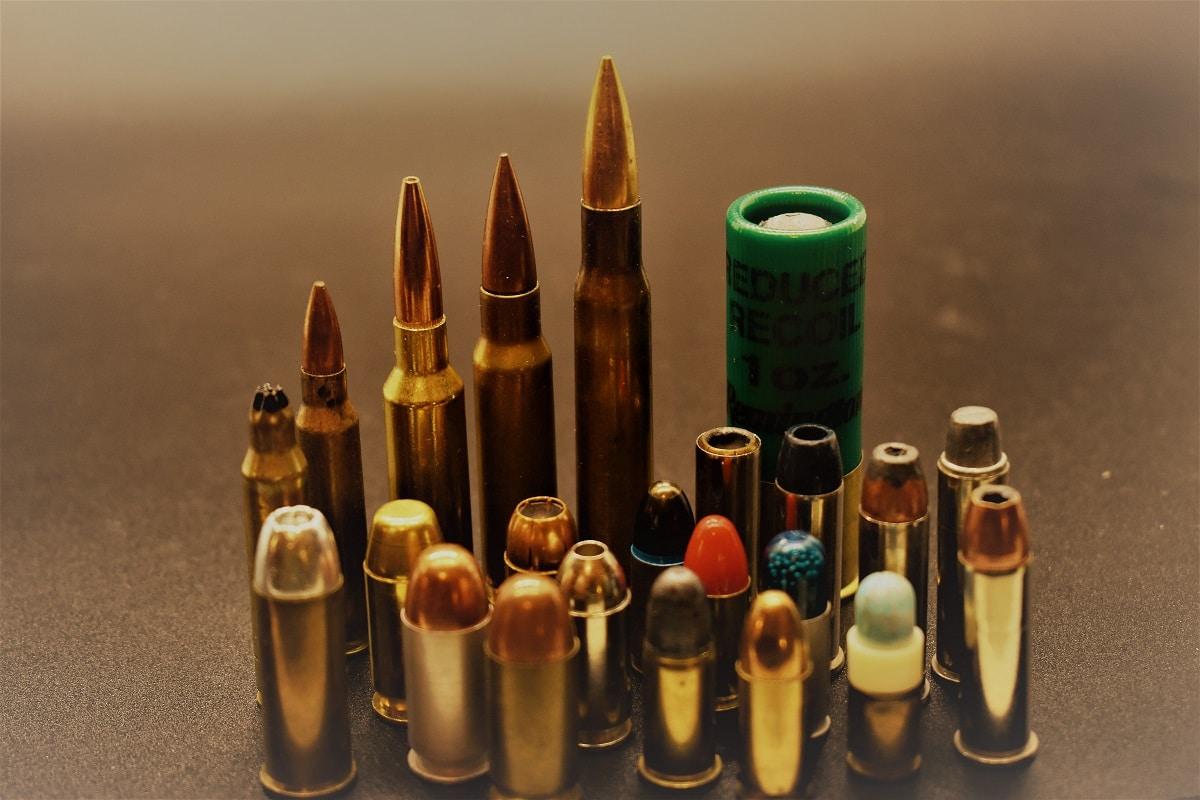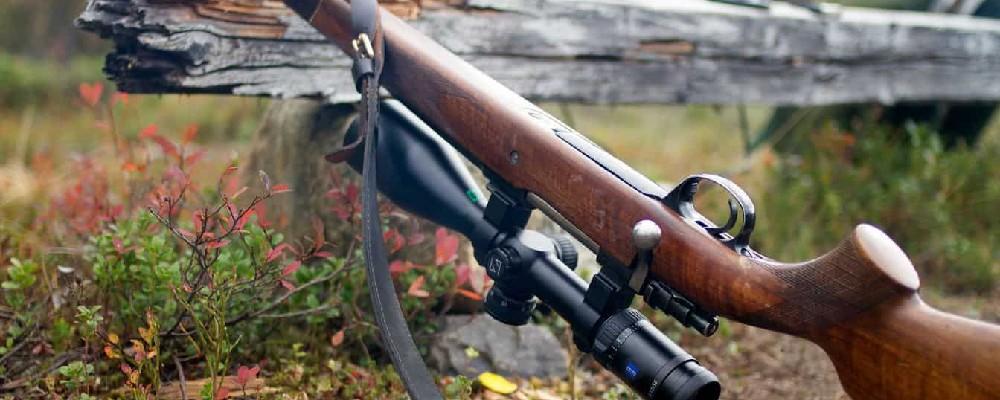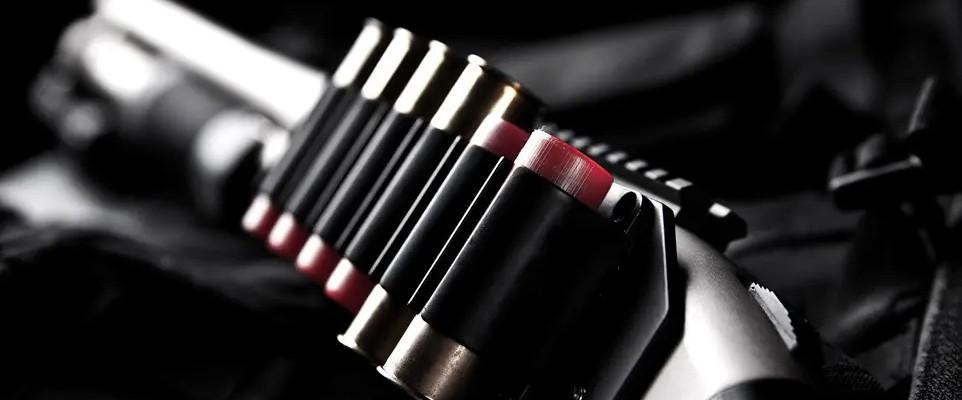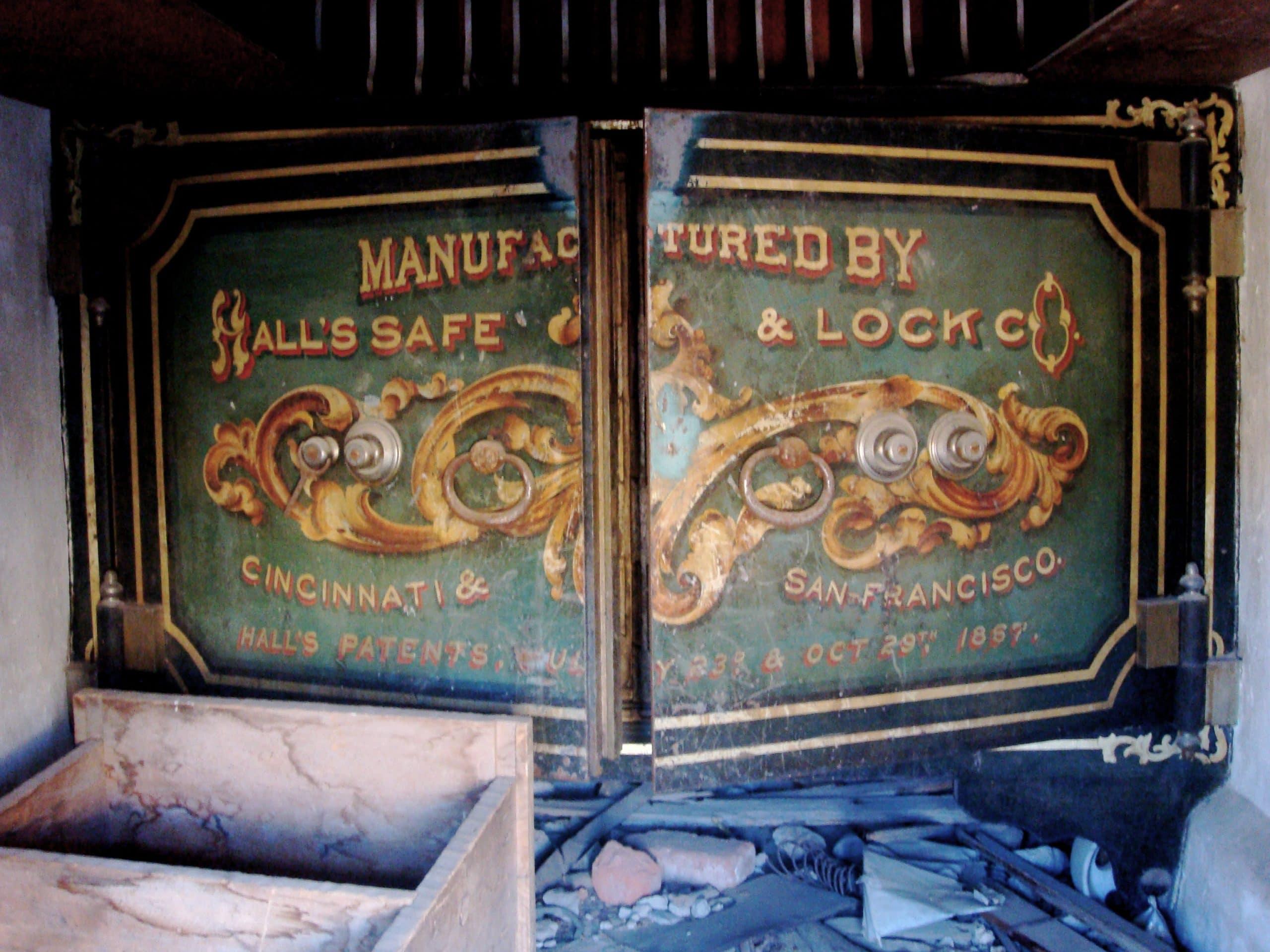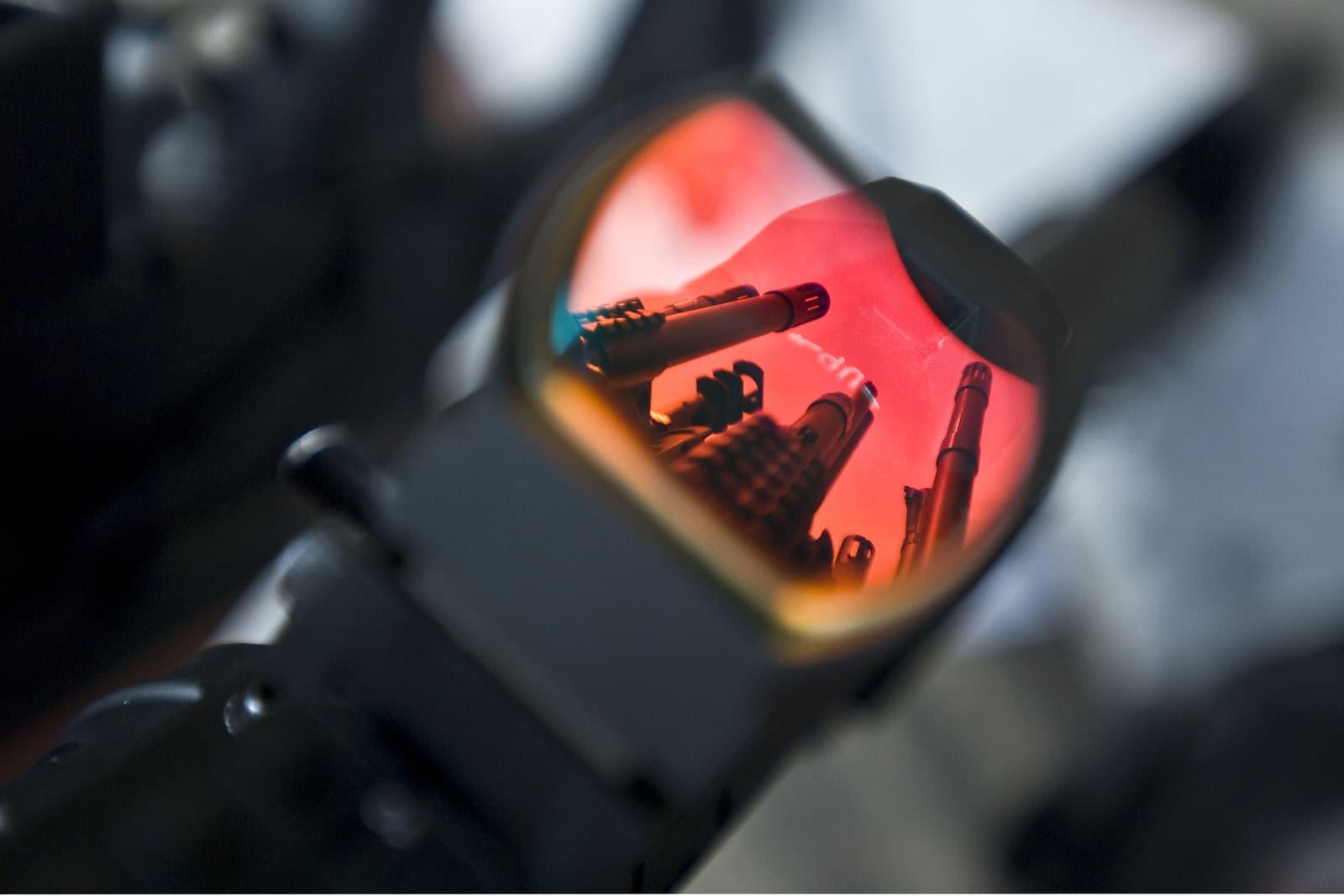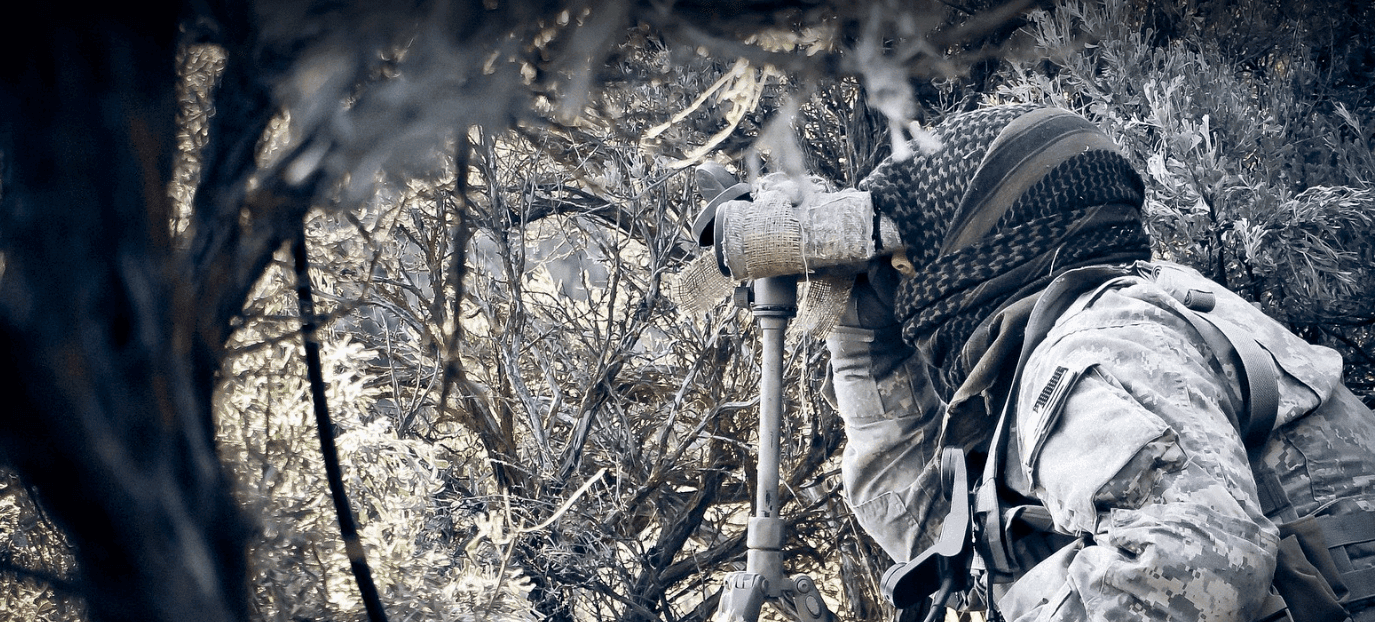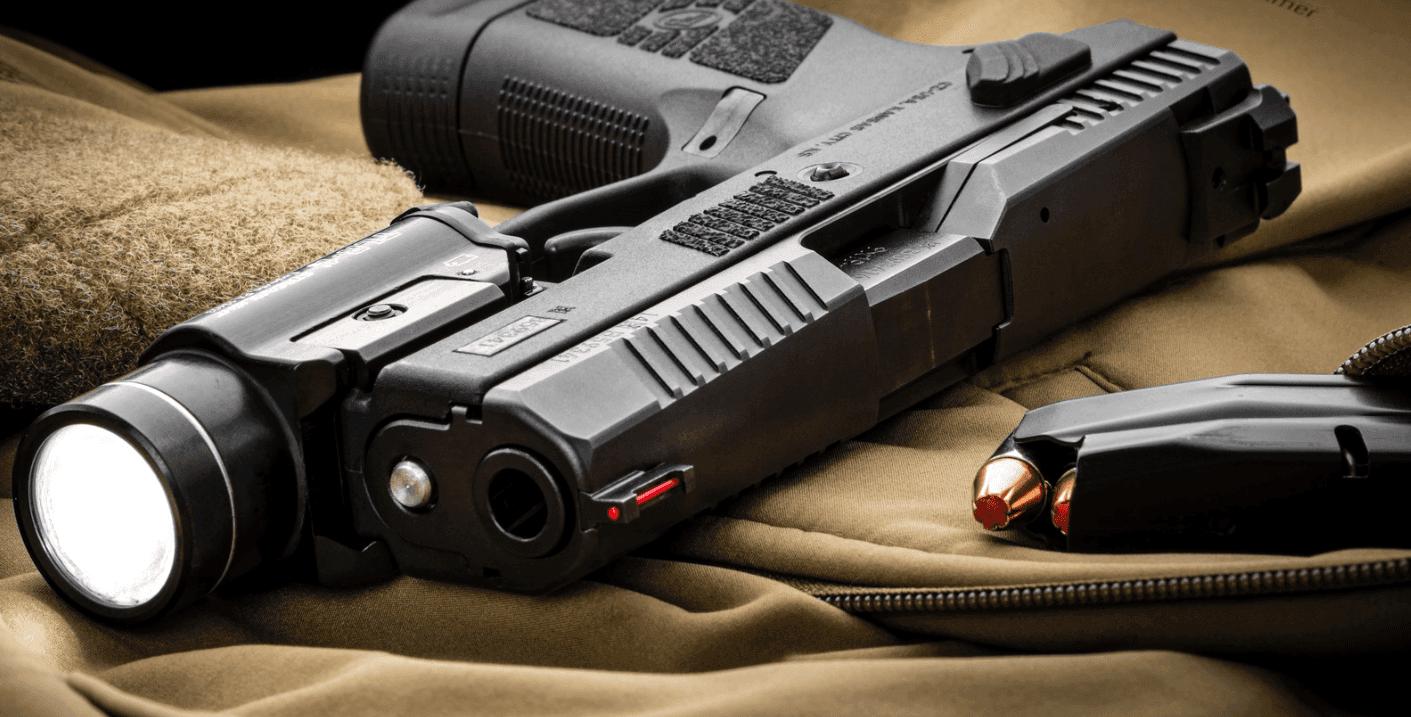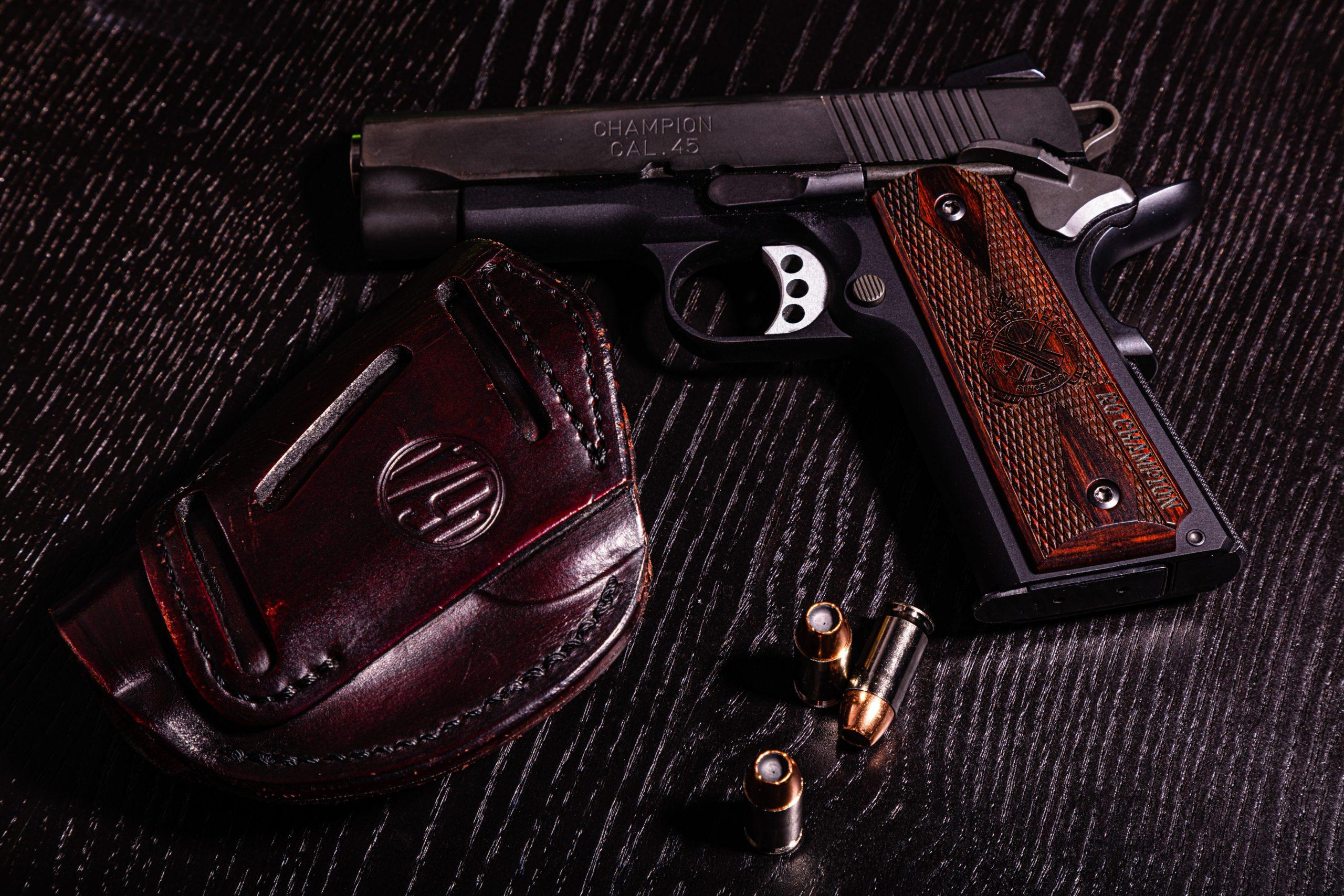The Best .300 Blackout Barrels
Written By
Michael Crites
Licensed Concealed Carry Holder
Reviewed by
Editorial Team
Learn About The Editorial Team
Share:
Products are selected by our editors. We may earn a commission on purchases from a link. How we select gear.
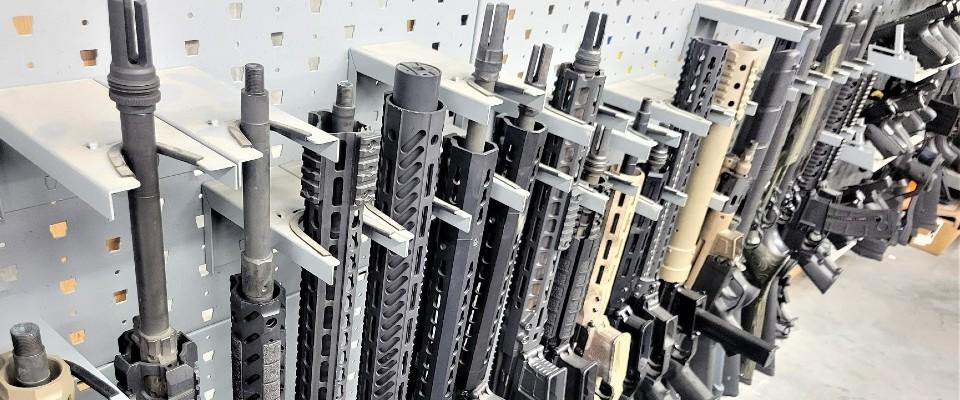
Updated
Jun 2025
.300 Blackout barrels are a popular choice among firearm enthusiasts for their versatility and performance. There is a variety of 300 Blackout barrels available in different lengths, flutes, and finishes, allowing for personalization of weapon length and performance.
Selecting the perfect barrel chambered in .300 AAC Blackout can be a little tricky as one has to take into account everything from materials and contour to twist rates and lengths, but I take it step-by-step and light the way to keep you on the path to your ideal new barrel.
We’ll walk through the fundamentals of what makes .300 Blackout different, how barrel length affects performance, and then dive into the best barrels money can buy across every price point.
This article is part of our ongoing Guide to Everything AR.
In This Article
.300 BLK Fundamentals
The .300 BLK isn’t your average cartridge – it was purpose-built to excel where 5.56 falls short, delivering serious .30-caliber performance from barrels as short as 7.5 inches while playing nice with suppressors. Whether you’re building a compact home defense rig, a whisper-quiet hunting setup, or a hard-hitting truck gun, your barrel choice will make or break the build.
Unlike most rifle cartridges that need long barrels to reach their potential, the .300 Blackout hits its sweet spot around 9 inches and doesn’t give up much performance even when chopped down for maximum maneuverability. That means your barrel length decision isn’t just about ballistics – it’s about finding the right balance between power, portability, and your intended use.
From budget-friendly Anderson barrels that’ll get the job done to premium Noveske pipes that cost more than some complete rifles, there’s a .300 BLK barrel for every build and budget. The trick is knowing what specs matter for your application and which manufacturers deliver the goods without the marketing fluff.
Why .300 Blackout Changes the Barrel Game
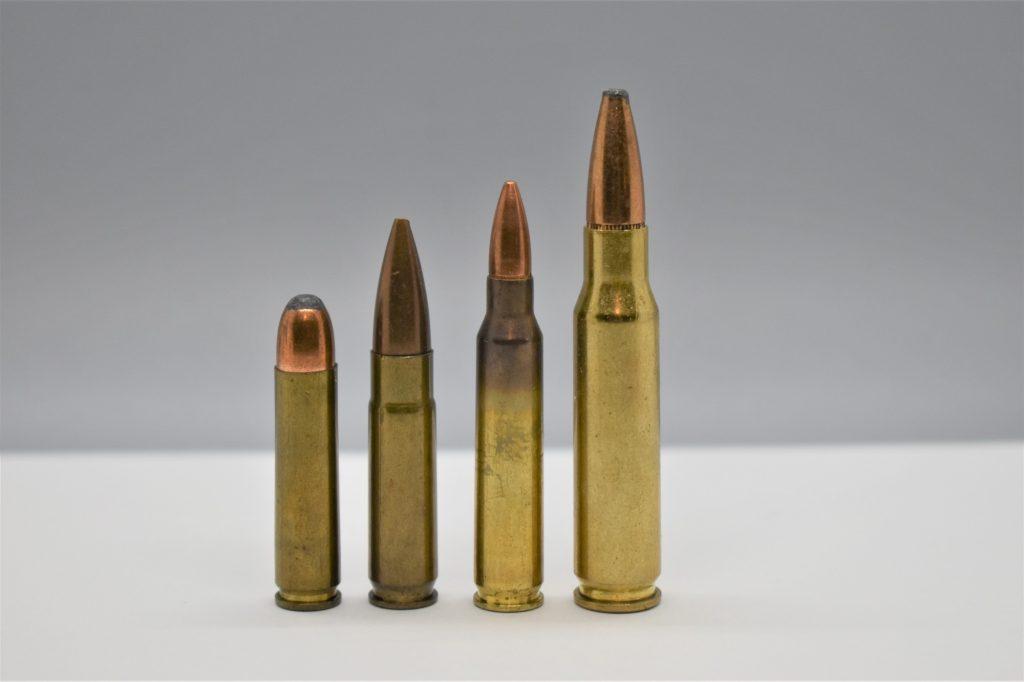
First off, as the hallmark of the .300 BLK is its ability to operate successfully in the short space – allowing it to be optimized for use in AR platform barrels down to 7.5-inches in length — it is important to decide on whether to go pistol or rifle with your build. Due to National Firearms Act (aka “Class III”) regulations as interpreted and enforced by the ATF, the minimum barrel length for a rifle is 16-inches and at least 26 inches in overall length. Anything shorter, by definition, is a pistol so long as it doesn’t have a stock, or a short-barreled rifle if it does.
The minute Advanced Armament Corporation and Remington cooked up the .300 Blackout around 2010, they weren’t trying to reinvent the wheel – they were solving a very specific problem. Military operators needed a .30-caliber round that could deliver serious knockdown power from short barrels while running suppressed without turning into a paperweight.
Here’s the kicker: where 5.56 NATO was designed around a 20-inch barrel and loses serious steam when you start chopping inches off, the .300 BLK was built from the ground up to burn its powder completely in barrels as short as 8-9 inches. That’s not marketing talk – that’s physics working in your favor.
Typical ballistics envelopes on the .300 BLK– as it fires roughly the same sized bullet as a .308 Winchester but with half the powder– have the round performing best at ranges from the muzzle to about 200 yards, and shining at 100 or less, even with a very short barrel length running subsonic loads or supersonic ammunition, it is truly up to the user to pick whether they want to run a pistol/Short Barreled Rifle (SBR) or a carbine AR platform.
The Short Barrel Advantage
Think of it this way: 5.56 is like a sports car designed for the Autobahn that gets neutered in city traffic. Chop a 5.56 barrel down to 10.5 inches and you’re leaving velocity – and energy – on the table. The .300 BLK? It’s the motorcycle that was built for lane splitting. It hits its performance ceiling fast and stays there.
This isn’t just about bragging rights at the range. When you’re talking home defense, vehicle carry, or hunting in thick brush where every inch of barrel length matters for maneuverability, the .300 BLK delivers full-power performance in a package that won’t get hung up on doorframes or tree branches.

Subsonic vs. Supersonic: Two Rounds, One Platform
The .300 BLK pulls double duty better than any cartridge this side of the .22 LR. Load it with lightweight bullets (110-125 grains) and you’ve got supersonic rounds that’ll reach out and touch targets at 300+ yards with authority. Stuff it with heavy pills (180-220 grains) and you’re running subsonic loads that, when paired with a quality suppressor, sound like a pellet gun while hitting like a freight train up close.
The beauty is that both load types cycle reliably in the same barrel without any modifications. Try running subsonic 5.56 and you’ll quickly discover why that’s not a thing – the round needs velocity to work, and subsonic 5.56 performs about as well as an angry .22 Short.
Platform Compatibility: The Easy Button
Converting from 5.56 to .300 BLK is stupid simple – just swap the barrel. Same bolt, same BCG, (genrally) the same magazines, same everything else. That’s because AAC was smart enough to base the .300 BLK on a necked-up 5.56 case, meaning it shares the same rim diameter and overall dimensions where it counts.
This isn’t just convenient for manufacturers – it means you can have multiple uppers in different calibers without needing separate lowers, bolt carriers, or magazine collections. Your existing AR-15 setup becomes a multi-caliber platform with nothing more than an upper receiver swap.
The Suppressor Connection
While you can certainly run .300 BLK unsuppressed (and it performs great that way), the cartridge really shines with a can attached. The combination of optimized barrel lengths and subsonic ammunition options means you can build a setup that’s Hollywood-quiet without sacrificing stopping power.
The key is understanding that your suppressor adds 6-8 inches to your overall length, so that 8-inch barrel becomes a 14-16 inch package once you thread on a can.
Plan accordingly, because a 16-inch barrel with a suppressor turns into a 22-24 inch setup that’s getting into territory that suits a 5.56 NATO build a little better — that and the .300 BLK was created specifically for use in short barrels with heavy bullet loads, so once you start stretching out to carbine length (i.e., 16-inches plus) you may have teething problems cycling heavy subsonic loads.
Know Your Mission
The .300 BLK excels at what it was designed for: close to medium-range work (inside 200 yards) where power and compactness matter more than long-range precision. It’s not going to replace your .308 for 600-yard shots, and it’s not trying to. But for home defense, hunting in heavy cover, truck guns, and suppressed applications, it’s tough to beat.
Understanding these fundamentals will help you make smart decisions about barrel length, gas systems, and component selection rather than just throwing parts at a build and hoping they work together.
Quick Comparison
Click on any barrel name below to jump to product page, or use this quick comparison to narrow down your options by price and purpose. We’ve organized these by budget tiers to help you find the best barrel for your money, whether you’re building your first .300 BLK or upgrading to premium performance.
Budget Tier ($80-150)
| Name | Length | Price | Why Choose This |
|---|---|---|---|
10" Pistol | $88 | Best entry-level pistol barrel | |
16" Rifle | $90 | Best budget carbine barrel | |
16" Rifle | $144 | Budget with quality coating |
Mid-Range ($150-280)
| Name | Length | Price | Why Choose This |
|---|---|---|---|
8.3" Pistol | $179 | Optimal length with premium profile | |
7.5" Pistol | $99 | Ultra-compact with lifetime warranty | |
10.5" Pistol | $119 | Sweet spot length proven reliability | |
6.25" Pistol | $275 | Shortest functional .300 BLK barrel |
Premium Tier ($280+)
| Name | Length | Price | Why Choose This |
|---|---|---|---|
9" Pistol | $279 | Gold standard for accuracy | |
10.3" Pistol | $310 | Military-grade durability | |
10.5" Pistol | $320 | Ultimate precision barrel |
Carbine Length Standouts
| Name | Length | Price | Why Choose This |
|---|---|---|---|
16" Rifle | $305 | Best-looking precision barrel | |
16.1" Rifle | $305 | Hand-lapped rifling accuracy |
Barrel Reviews
1. Best Entry-Level Pistol Barrel: Anderson 10″
Why This One: The poverty pony delivers where it counts. Despite the budget reputation, Anderson’s 4150 steel construction with nitride finish gives you reliable performance at a price that won’t break the bank. The 1:8 twist handles everything from 125-grain supersonic to 220-grain subsonics without complaint. Perfect for first-time builders or backup guns where you need function over flash.
Oft derided as the “Poverty Pony” when it comes to black rifle components, Anderson is making some decent stuff these days despite the haters. As a bonus, they are priced right as well, with a lot of their .300 Blackout barrels hitting the $100~ mark, which is great for those looking for a budget build.
When it comes to pistol/SBR length barrels, Anderson makes a 1:7 twist 7.5-inch with a Government contour as well as a 1:8 twist 10-inch. Both are 4150 with a Nitride finish and support a standard and adjustable gas block.
2. Best Budget Carbine: Diamondback 16″ Heavy Barrel
Why This One: The best budget carbine barrel, period. Heavy profile means it’ll handle strings of fire better than pencil barrels, and the 11-degree target crown shows Diamondback cares about accuracy even at this price point. Button-rifled 6-groove bore with M4 feed ramps means it’ll feed anything you stuff in the magazine. When you need a 16-inch barrel but your budget screams “no,” this is your answer.
As a great alternative to budget lines such as Anderson and PSA, Diamondback offers a 16-inch 1:8 twist .300 Blackout barrel that usually can be found for sub-$100.
A heavy profile 4150 steel barrel with a black nitride finish, it has a button-rifled 6-groove bore, is 11-degree target crowned, and comes complete with M4 feed ramps, all things that make it tough to beat for the price.
3. Budget With Quality Coating: Ballistic Advantage 16″
Why This One: The bridge between budget and quality. BA’s Modern series gives you 4150 steel with QPQ coating – that’s serious corrosion protection you won’t find on cheaper barrels. The DRP profile is their take on a heavy contour, designed to manage heat and minimize barrel whip. It’s what you buy when you want reliability that’ll last but can’t justify premium pricing.
About the only offering that BA has for rifle-length .300 Blackout barrels is a 16-inch Modern-series offering. However, it’s a good one, being a 1:7 twist 4150 chrome moly with a QPQ corrosion-resistant finish and QPQ-coated M4 feed ramp extension for under $200.
Weight is a fairly stout 28.9 ounces due to its DRP profile, which is BA’s in-house hybrid heavy contour that is “designed with a little more wall so that heat is more easily dissipated, and barrel whip is kept to a minimum.”
4. Premium Profile: Ballistic Advantage 8.3″ Barrel
Why This One: The Hanson profile is BA’s secret sauce – a shoulder-less design that returns to zero faster after heating up. At 8.3 inches, you’re in the .300 BLK sweet spot for powder burn while keeping the package compact. The 416SS construction with nickel boron M4 extensions means it’ll outlast cheaper barrels by thousands of rounds. This is what you buy when you understand that barrels are the heart of accuracy.
A great maker of shorty .300 barrels that all clock in at under $200 smackers, Ballistic Advantage makes 6, 8, 8.3, 9, 10, and 10.5-inch 300 Blackout barrels with the company’s Modern series being more of a budget line while their Hanson models are a tad better.
With that, I love their 8.3 Hanson profile barrel as it is 416SS in construction and uses nickel boron-coated M4 feed ramp extensions. What is a Hanson? BA’s in-house Hanson profile barrels feature a shoulder-less design, symmetrically limiting barrel “whip” and allowing the barrel to quickly return to its home position.
As described by the company, it “provides a lightweight feel without lightweight limitations.”
5. Ultra-Compact: Bear Creek 7.5″ Barrel
Why This One: The shortest useful .300 BLK barrel that doesn’t sacrifice performance. Bear Creek’s 416R stainless construction at this price point is almost too good to be true, and the lifetime warranty backs up their confidence.
The 1:8 twist stabilizes heavy subsonics perfectly, making this ideal for suppressed SBR builds where every inch of length matters. Just remember – 7.5 inches plus a 6-inch can still gives you a manageable 13.5-inch package.
Bear Creek Arsenal makes over a dozen different .300 Blackout barrels in both pistol/SBR and carbine length. While they make some wallet-friendly 4150 models, they also do great work in 416R stainless.
With that, I like their 1:8 twist 7.5-inch stainless barrel which is backed by a lifetime warranty and supports both a standard and low profile gas block. Of note, they recommend PPU Rifle Line 125-grain for use with this one.
6. Sweet Spot Length: PSA AR-15 10.5″
Why This One: Palmetto State’s sleeper hit. The 10.5-inch length hits the sweet spot between compact maneuverability and velocity retention. 4150 steel with phosphate coating won’t win beauty contests, but it’ll run reliably for years. The M4 feed ramp extension means feeding issues are virtually non-existent. This is the barrel for practical shooters who want performance without paying for a name brand.
South Carolina’s Palmetto State Armory, off and on, makes a whole line of .300 Blackout pistol barrels, offering 7.5, 8, 8.5, and 10.5-inch models at a decent price with nitrided or manganese phosphate finishes.
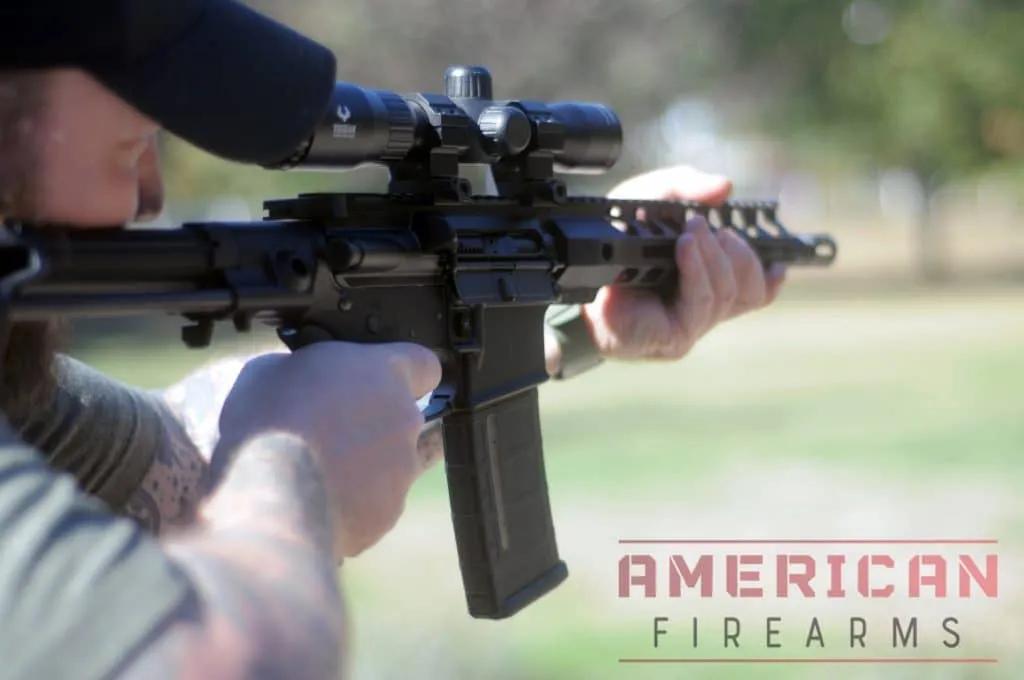
Our favorite of their line when it comes to balancing performance and cost is their 10.5 1:8 twist phosphate barrel. Shipping standard with an M4 feed ramp extension, it offers 4150 steel construction and typically runs just over $100.
7. Shortest Functional Barrel: KAK 6.25-inch “Baby Blond”
Why This One: When you absolutely, positively need the shortest .300 BLK barrel that still works. Built from Green Mountain barrel blanks with 5R rifling, this isn’t some hack job – it’s precision engineering in a tiny package. The 1:7 twist stabilizes the heaviest subsonics, and despite its dwarf stature, it cycles both suppressed and unsuppressed. Perfect for ultra-compact builds where concealment trumps everything else.
KAK Industry is well known among fans of the .300 Blackout for their barrels as they make a broad range of offerings including “Value Line” specimens with Melonite finishes that run about $100 complemented by more bespoke “Blonde Line” models.
Speaking to the latter, they also make some of the shortest .300s available including 4.75- and 6.25-inchers for those looking to get really abbreviated.
KAK’s 6.25 Baby Blonde, built from a 416SS Green Mountain barrel blank, has 5R rifling with a 1:7 twist, M4 feed ramps, and a matte blasted very distinctive grey finish. Despite its dwarf size, using a standard weight buffer, pistol gas tube, and gas block, it can run supersonic loads both suppressed and unsuppressed as well as fat subsonics with a can attached.
8. Gold Standard for Accuracy: Faxon Match Series 9″ Gunner
Why This One: The gold standard for .300 BLK performance. Faxon’s Gunner profile shifts the balance point back toward the shooter, reducing fatigue during long shooting sessions. The 416R stainless with 5R rifling delivers match-grade accuracy, while the 9-inch length gives you optimal powder burn efficiency. This is the barrel that proves you don’t need 16 inches to get serious performance. Buy this when accuracy matters more than saving money.
If Daniel Defense is the Jeep of AR barrels, then Faxon Firearms is surely the Cadillac. They carry nearly a dozen .300 Blackout pipes in their catalog off and on, loaded with pistol/SBR barrels in the 7.5, 9, and 10.5-inch range.
The gold standard of these is their Match series 9-inch Gunner model. Constructed of 416R stainless and black nitrided against wear, it has precision 5R rifling.
The “Gunner” refers to Faxon’s in-house hybrid profile– a blend of Gov’t and Pencil– that is billed as bringing the balance of the barrel back towards the shooter’s body, limiting fatigue, and allowing for shooting, training, or hunting all day long. Weight is just under a pound.
9. Military-Grade Durability: Daniel Defense 10.3″
Why This One: Military-grade durability in a civilian package. DD’s cold hammer-forged 4150 with chrome lining will outlast most shooters – we’re talking 15,000+ rounds before accuracy degrades. The heavy phosphate coating shrugs off abuse, and the 10.3-inch length gives you a bit more velocity than shorter options. This is what you buy when you need a barrel that’ll work in 20 years with minimal maintenance.
Georgia-based Daniel Defense is to ARs what Jeep was to utility vehicles. Besides their all-up rifles, DD also makes their fine 4150 cold-hammer-forged barrels available to consumers to “roll their own” so to speak.
When it comes to .300 Blackout pistols, Daniel has a great chrome-lined 10.3-inch model with a 1:8 twist and heavy Mil-spec heavy phosphate coating that is hard to beat. Weight is a handy 20-ounces.
10. Ultimate Precision Barrel: Noveske Lo-Pro Gas Block
Why This One: The Ferrari of .300 BLK barrels. Noveske’s reputation for accuracy isn’t marketing fluff – their barrels consistently deliver sub-MOA performance with quality ammunition. The integrated low-profile gas block keeps the profile clean, and the 1:7 twist is optimized for heavy subsonic loads. Yes, it costs more than some complete rifles, but when you absolutely need the best accuracy possible, this is your answer.
Oregon-based Noveske only makes black rifles and black rifle components and their .300 Blackout barrel systems cater almost exclusively to the very short.
Their Lo-Pro Gas Block Barrel is available in 7.94, 10.5, and 12.5-inch models with a 1:7 twist. Noveske also makes a lightweight contour barrel in 10.5, optimized to run very heavy 208-220 grain ammo.
11. Hand-Lapped Option: ODIN 10.5″ Pistol Barrel
Why This One: Hand-lapped rifling in a production barrel? ODIN delivers what custom shops charge twice as much for. The 416R construction with medium profile gives you the accuracy benefits of stainless steel without the weight penalty of heavy contours. ODIN’s reputation for precision is well-earned, and this barrel proves why serious competitors choose their products.
Idaho-based ODIN Works is one of those word-of-mouth kinds of operations that stays that way because people don’t want to ruin a good thing by giving it too much publicity.
The company’s superb .300 Blackout barrels include 8- and 10.5-inch models. Featuring hand-lapped rifling and 416R construction with a medium profile, these barrels shoot as good as they look.0.5-inch models. Featuring hand-lapped rifling and 416R construction with a medium profile, these barrels shoot as good as they look.
12. Gucci Build Pick: Faxon Match Series 16″ Flame Fluted
Why This One: The best-looking barrel that also happens to shoot lights-out. The flame fluting isn’t just for show – it reduces weight while increasing surface area for better heat dissipation. 416R steel with 5R rifling delivers precision that’ll embarrass more expensive custom barrels. At 26 ounces, it’s lighter than most heavy profile barrels while maintaining excellent accuracy. This is what you mount when you want performance and style.
One of the best .300 Blackout carbine barrels ever made for the consumer market is Faxon’s 16-inch flame-fluted Match series barrel. With a 1:8 twist and 5R button rifling, this 416R steel barrel only weighs 26-ounces.
Nitrided inside and out, the variable-depth fluting also gives the barrel an unmistakable look that screams for a handguard with lots of slots to show it off properly. Who says you cannot look good while ringing the “x”?
Essential Barrel Specifications
Materials (4140/4150 vs 416R/416SS)
The four most common steels used for .300 BLK barrels are 4140/4150 steel or 416SS/416R steel. All “41xx” steels are chromium-molybdenum alloy (seen as or “chrome-moly” or “CrMo” in ad copy, sometimes with Vanadium mentioned as “CrMoV”), and have excellent strength for the weight, hence their use in barrel making.
The difference between 4140 and 4150 is that the latter has slightly more carbon in the alloy (that’s what the “50” means over the “40”), thus making it just a bit harder. Most military AR 15 M4 type barrels are 4150, for reference.
When it comes to 416, this is one of the first free-machining stainless steels– although they can still rust and corrode as they are not “true” stainless steels– but they do have excellent corrosion and oxidation resistance while still being extremely hard, harder than 4140/4150 steels.
Between the assorted types of 416, 416R has better resistance to extreme freezing weather while both can accept long-wearing precision rifling.
In a nutshell, 4140 is going to be the least expensive or “budget” barrel, while 4150 and 416 steels are better and best.
Barrel Materials Comparison
| Material | Cost | Expected Round Count | Best For |
|---|---|---|---|
4140 Chrome-Moly | $ | 2000-3000 | Budget builds occasional use |
4150 Chrome-Moly | $ | 3000-5000 | General purpose military spec |
416R Stainless | $$ | 5000-8000 | Precision builds frequent use |
Chrome-Lined 4150 | $$ | 15000-20000 | High-volume shooting military |
Contour/Profile options
Barrel contour and profile have a lot to do with both performance and overall weight. Heavy contour barrels are more stable which leads to better accuracy and less “whipsawing,” while the extra “meat” allows for faster heat distribution and dissipation which is good for high rates of fire.
Thinner, pencil barrels can still perform, especially in slow fire, while saving ounces (not to mention cost) in an AR15 build when it comes to weight. A SOCOM contour barrel has a medium contour that better handles longer strings of fire than skinny pencil barrels without having the weight of a heavy profile barrel. “Government” profile barrels have more beef but have largely been replaced in popularity by SOCOMs, for good reasons.
Going past this, several AR 15 barrel makers have their own internal SOCOM-like profiles, developed from experience and feedback with the design. Good examples of this are Faxon’s Gunner profile and Ballistic Advantage’s Hanson profile.
Barrel Contour/Profile Comparison
| Profile | Weight | Heat Management | Best Applications |
|---|---|---|---|
Government | Light-Medium | Fair | General purpose most budget barrels |
SOCOM | Medium | Good | Versatile popular all-around choice |
Heavy | Heavy | Excellent | Precision high-volume shooting |
Hanson (BA) | Medium | Very Good | Ballistic Advantage's balanced design |
Twist Rate Selection
The “twist” of a rifle barrel refers to the rifling in terms of how many inches it takes for the bullet to make a full rotation down the barrel. For instance, a 1:10 twist means that it takes 10-inches for a bullet to rotate fully at that rate. The tighter the twist, in other words, is shown by a smaller number, while a looser or longer twist is shown by a higher number. Almost all common .300 BLK AR 15 barrels carry either a 1:7 or 1:8 twist with 1:10 and 1:12 also being less frequently available.
For routine use with most heavyweight bullets (to 180-230 grains) 1:8 is preferred while 1:7 is better to help stabilize heavier/longer bullets.
The looser twists of the 1:10 and 1:12 rates are best for lightweight bullets (80 to 130 grains) with all rated as being equally mediocre when it comes to wringing performance with mid-weight bullets that fall between those two bookends.
I often hear from folks who find twist rate the most confusing spec for any barrel, so here’s a comparison chart to simplify the matter:
| Twist Rate | Bullet Weight Range | Best Applications | Notes |
|---|---|---|---|
1:10 | 110-150 grains | Light supersonic loads | Poor with heavy subsonics |
1:8 | 125-220 grains | Most versatile choice | Handles both sub/supersonic well |
1:7 | 150-230+ grains | Heavy subsonics long bullets | May overstabilize light loads |
Rifling types and crown options

Rifling types seen in .300 BLK barrels are typically cut rifling, button rifling, and 5R. While I can wax on about the history, attributes, and pitfalls behind each, the abbreviated version is that button rifling is about the most commonly encountered when it comes to .300 BLK as it is easy to do– making it an inexpensive and short process for manufacturers– thus resulting in a more affordable AR 15 barrel that is still acceptably accurate due to its consistent bore and groove dimensions.
Cut rifling and 5R are more time-consuming– which translate to more expense and often much heavier barrels– but can produce more accurate barrels.
Want more barrel goodness? Check out our AR barrel guide.
Quick Reference: Barrel Selection by Application
Want a cheat-sheet for your Blackout build barrel? Here you go:
| Use Case | Length | Twist Rate | Material/Profile |
|---|---|---|---|
Home Defense | 8"-10.5" | 1:8 | 4150/SOCOM |
Suppressed Host | 8"-10" | 1:8 | 416R/Medium + adj. gas block |
Hunting | 10.5"-16" | 1:8 | 416R/SOCOM |
Competition | 16" | 1:8 | 416R/Heavy |
Budget Build | 10.5" or 16" | 1:8 | 4150/Government |
Precision | 16"+ | 1:8 or 1:7 | 416R/Heavy |
Key Takeaways:
- 1:8 twist is the versatile choice for most .300 BLK applications
- 416R stainless offers the best balance of accuracy, durability, and corrosion resistance
- SOCOM profile provides excellent balance between weight and heat dissipation
- Adjustable gas blocks are essential for reliable suppressed operation
Maintenance and Longevity
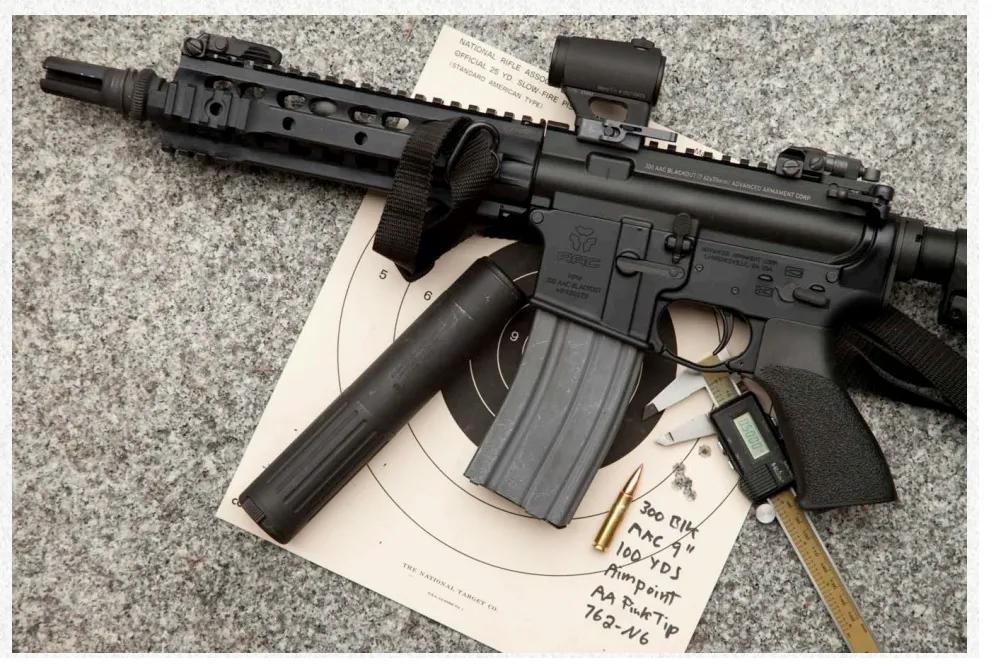
Purpose
The .300 BLK excels at what it was designed for: being a comparably fat .30-caliber round that could beat the 5.56 NATO/.223 Rem in performance at everything under 200 yards while offering a subsonic velocity profile that allowed for effective use with suppressors on the AR platform.
Since its introduction, supersonic rounds have hit the market to expand this narrow envelope to offer more choices to consumers, giving Blackout fans who were fine with going supersonic a lot more range with lighter bullets.
With that, it is important to figure out what kind of .300 BLK build you are going for and shape your barrel (and bolt and other component) choices around that. Want a knock-around gun for hunting in the heavy brush? Purchase a lighter profile to save weight paired with a muzzle brake and figure out your twist rate from what grain bullets you intend to use.
Don’t be afraid to go quiet, as it is an option in something like 40 states to harvest game with a suppressed firearm making a 300 Blackout barrel and suppressor an excellent choice.
Want something for home defense? In that case, you may want to go with more of a heavy or SOCOM profile barrel– after all, you aren’t likely to carry the rifle a long way, so a couple of extra ounces aren’t a dealbreaker — with a corresponding twist rate for the intended load.Remember, start with your purpose in mind and work from there rather than picking a barrel and working backward to justify it.
Life cycle, or “How long will a 300 BLK barrel last?”
The first time you fire a round through a barrel, it starts to erode and will continue to do so until the barrel is “wrung out,” and fails to adequately stabilize bullets anymore, translating to “keyholing” on target and abysmal accuracy/performance. How long does this take to occur? Well, that depends.
The basic rule of thumb for high-velocity centerfire rifle barrels with a light contour/profile is a lifespan of 2,000 to 5,000 rounds of hard use. Naturally, heavier barrels tend to allow for higher round counts due to their ability to dissipate heat faster and better maintain harmonics.
Gratefully, an easy fix to help extend the lifespan is simply cleaning out the brass, lead spall, and corrosive fouling between range trips rather than letting it build up and possibly pit the barrel. Products like a good bore paste can help condition a barrel after cleaning. Likewise, higher quality barrels such as hard/high-speed stainless steel (e.g., 416) and the like will have a longer barrel life.
Further, nitriding can help withstand barrel erosion, allowing a 10,000-round lifespan. Chrome lining, common in military applications, can greatly extend barrel life, pushing into the 20,000 round range if properly maintained.
In short, if you plan to run a barrel a long time, look for those that are stainless, nitrided, and or chrome-lined. If opting for more budget barrels, plan to get another once you start pushing past 5K rounds if you want to maintain accuracy. Either way, keep your barrel clean and protected to ensure you get what you paid for.
History and Development
If you remember anything at all about the development of the .300 Blackout cartridge by AAC circa around 2009, you will recall that the round sprang from an extremely specific requirement for an unnamed client that was seeking a .30 caliber cartridge that was AR-platform friendly, dependable, suppressor-ready, could run muzzle devices as well as sub and supersonic ammunition, and above all was suited for close-quarters combat.
Ideally, the gun would be the size of a Heckler & Koch MP5, the gold standard for compact and dependable submachine guns running subsonic ammunition for the past half-decade.
The resulting “Low Visibility Carbine” proposal, dubbed the Honey Badger, delivered a stumpy M4 carbine– optimized for 9-inch barrels and able to go shorter if needed– that delivered a ballistic performance like an AK47 at ranges out to 200 yards and could do so quietly when suppressed and coupled with rounds using heavy bullets that generated subsonic speeds for less on the recoil front.
It could also run supersonic ammo in the weapon when the situation called for it, but operators will need hearing protection for those range days.
However, almost the very minute the round was introduced, it didn’t take a rocket scientist to figure out that it had solid prospects for the savvy consumer looking for a great mid-range carbine or AR-style pistol that far outclassed a 5.56 while working in a more accurate platform than a Kalashnikov.
From there, the versatile cartridge has gone on in the past decade to become wildly popular for users who choose to hunt medium game (think deer and wild hog), compete in 3-gun matches (SSG Daniel Horner of the USAMU used a 300 race gun to win his 4th USPSA Multi-Gun National Championship), or in-home defense– all hold true today.
Shortcomings
Be extremely careful buying pistol-length (under 16-inch) .300 BLK barrels as simple possession of such a short barrel along with a non-NFA AR-15 lower receiver is prohibited via the concept of “constructive possession” of NFA firearms.
It is always a good idea to have your “pistol” marked or “other” receiver on hand before you buy your AR pistol barrel or your Form 1 for making a legal SBR. Your doggo will thank you later.
Another thing to be careful of, when running a suppressor on a very short .300 BLK barrels using heavy subsonic loads, can be issues with off-axis turbulence causing baffle strikes at subsonic velocities on cans that use K type baffles or similar.
Check with your suppressor maker beforehand for compatibility to avoid an aggravating suppressor rebuild or potentially uncomfortable lower velocity spontaneous disassembly. Chicks hate that kind of thing.
It’s also decidedly easy to chamber the wrong caliber when running a 5.56 and 300 Blackout barrel, so marking your AR build’s mags and gun parts to prevent unintended consequences is always a good idea.
Closing
Among the crowded field of .300 BLK barrels, it is easy to get lost in the weeds of trying to find “perfect” when, truth be told, there are usually clear-cut reasons to go with one barrel over the next for an AR build.
Just evaluate your needs, balance them against what is out there, and take the plunge into your next favorite AR rig.
Updated
June 14, 2025 — Reorganized guide structure with new sections covering .300 Blackout fundamentals, optimal barrel length performance data, and comparison tables.
Sign up for our newsletter
Get discounts from top brands and our latest reviews!
